Modern fighter aviation of Poland
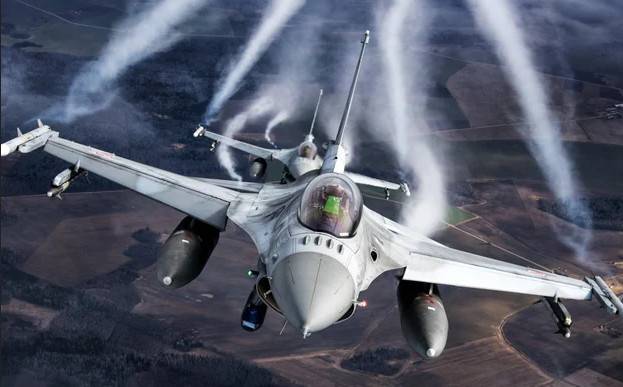
Unlike most of the Eastern European states that were part of the Warsaw Pact, Poland not only retained a significant part of the air defense forces that were available at the end of the Cold War, but also made efforts to bring them up to modern requirements. In general, the Polish air defense system is well balanced and much better developed than, for example, in the UK, Germany or France.
The airspace over the entire territory of the country and to a depth of up to 250 km abroad is monitored around the clock by a dense network of stationary and mobile radars of Polish and Italian production, linked into a single automated control and data transmission system.
Ground-based air defense units are armed with artillery and missile systems produced in the USSR and Poland, which have gone through a series of successive repair and modernization programs since they were put into service. Currently, the Polish Army has rapid-fire artillery and artillery-rocket installations, portable anti-aircraft missile systems, mobile air defense systems of short and medium range.
Soviet-made MiG-29 fighters and American F-16 fighters are used to intercept air targets and stop violations of air borders. In the near future, deliveries of the 5th generation F-35A fighters are expected.
MiG-29 fighters
Since the decommissioning of the MiG-21 and MiG-23 fighters in the late 1990s and until 2006, the main fighters of the Polish Air Force, designed to intercept air targets and gain air supremacy, were the single-seat MiG-29A (modifications 9.12) and the two-seat MiG-29UB (modifications 9.51).
Before the liquidation of the Warsaw Pact, Poland managed to receive 12 new MiG-29 fighters from the USSR. In 1995, Poland exchanged 11 W-3 Sokół helicopters in the Czech Republic for 9 single-seat fighters and one Spark. In 2003, Germany handed over 22 used aircraft: 18 single-seat MiG-29G and 4 double-seat MiG-29GT. These fighters, after a refurbishment by an aircraft repair company in the city of Bydgoszcz (WZL No. 2), partially filled the gap left by the decommissioning of the MiG-21bis and MiG-23MF.
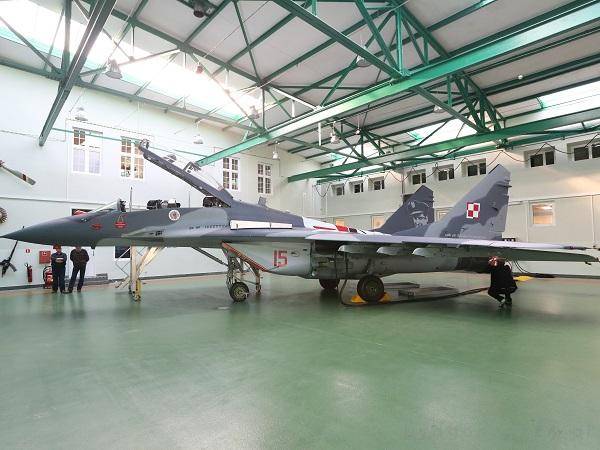
After 20 years of service, the Polish MiG-29s are pretty dilapidated, and a number of key electronic systems no longer meet modern requirements. A $44,5 million contract for the repair and modernization of national air force fighters was signed with Aircraft Repair Plant No. 2 in Bydgoszcz in September 2011. 13 MiG-29A fighters and three MiG-29UB fighters were subject to modernization.
The aircraft repair enterprise also carries out repairs and modernization of other aircraft of the Polish Air Force: Su-22M4 and Su-22UM3K fighter-bombers and TS-11 Iskra training aircraft. In the recent past, combat aircraft of the Angolan and Indian Air Forces were also repaired here. At the end of 2021, WZL Plant No. 2 received a contract to carry out overhauls until 2032 of the US Air Force F-16C / D fighters stationed at Hill Base, Utah.
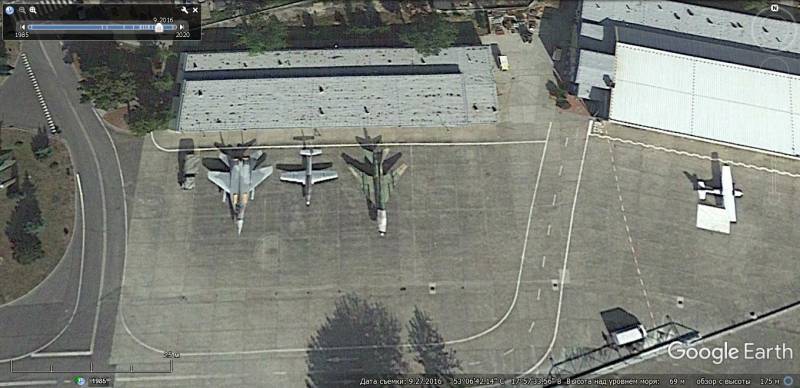
Satellite image of Google Earth: MiG-29, TS-11 Iskra and Su-22 aircraft at an aircraft repair plant in Bydgoszcz
The contract provided for the extension of the life of the MiG-29 fighters until 2028, increasing their combat capabilities and interoperability with the F-16C / D fighters.
During the modernization, the MiG-29 received new avionics, including MDP on-board computers, MIL-Std-1553В data buses, INSB-29, AVB-29 and HDB-29 interfaces, color multifunction displays and navigation systems with SAASM signal protection modules GPS from interference.
Replacing obsolete analog equipment with modern systems has increased reliability and reduced the weight of the aircraft, thus allowing an increase in bomb load and fuel capacity.
For a number of reasons, primarily due to the high cost, the planned re-equipment of the Polish MiG-29s with NATO air combat missiles did not take place. To fight an air enemy out of line of sight, the fighter, as before, can carry two R-27R medium-range missiles with a semi-active radar seeker. For close combat, the MiG-29 can carry six R-73 missiles with IR seeker. A number of sources claim that the Soviet-made R-27R and R-73 missiles, which are available in the Polish Air Force, have been technically serviced in Ukraine.
Modernized Polish MiGs have repeatedly taken part in joint exercises of the air defense forces of NATO countries. The last time the MiG-29 aircraft of the Polish Air Force interacted with combat aviation alliance in June 2021.
According to reference data, as of the end of 2021, the Polish Air Force included 27 single and double MiG-29 fighters. Currently, all MiGs are concentrated at the 22nd tactical air base in Malbork and at the 23rd tactical air base in Minsk-Mazovetsky. These airbases, along with the 12th UAV Base, are part of the 1st Tactical Air Wing.
Now the Polish MiG-29s are at the end of their life cycle. With full confidence it can be argued that of the available fighters of this type, at best, no more than 70% of the payroll can take to the air. The rest are used as a source of spare parts.
Satellite images of the Malbork and Minsk-Mazowiecki airfields show that MiG-29s have been flying little lately. But, despite the limited resource and decent age, the MiG-29 regularly participated in close combat with the F-16 Jastrząb fighters.
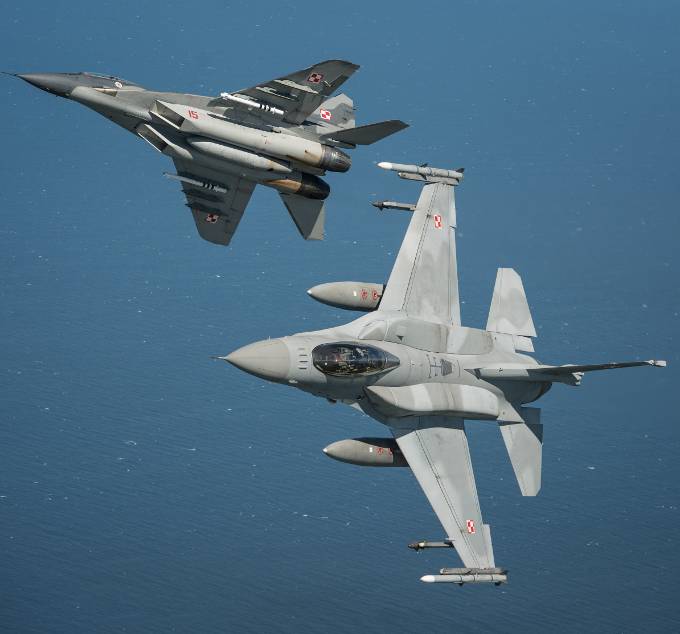
To do this, the MiGs were relocated to the Krzesiny and Lask airfields, where fighter squadrons flying F-16 Jastrząb aircraft are permanently stationed. However, there is no information about the results of these training fights in open sources.
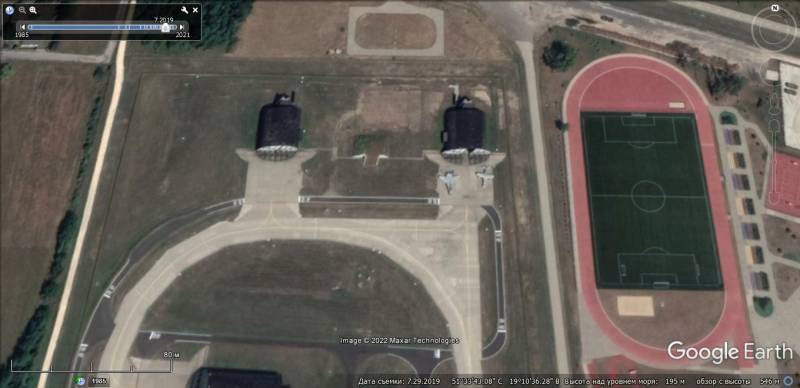
Satellite image of Google Earth: MiG-29 fighter and TCB TS-11 Iskra at the entrance to the reinforced concrete aviation shelter at the Lask airbase, the image was taken in July 2019
More recently, the Polish government considered the issue of supplying MiG-29 fighters to Ukraine. Although this was eventually abandoned, it is known that spare parts and aircraft weapons were transferred to Ukraine. There is also information that after February 24, 2022, Ukrainian MiG-29s were undergoing repairs in Poland.
F-16C/D fighters
Shortly after Poland's accession to NATO, a decision was made to gradually switch to Western weapons standards. In 2001, the Polish military department announced a tender for a promising fighter, which was supposed to replace the MiG-29 in the future. The competition was attended by: the American F-16 Fighting Falcon from Lockheed Martin, the F / A-18 Hornet of Boeing Corporation, the French Dassault Mirage 2000-5 and the Swedish JAS 39 Gripen from SAAB.
According to the requirements of the Polish Air Force command, multirole fighters must take part in the struggle for air supremacy, conduct air isolation, provide close support for ground forces, air support for naval forces and air reconnaissance. A promising supersonic combat aircraft, interacting with ground-based radar posts, was supposed to intercept air targets as part of the air defense system of land areas, cover ship groups from air strikes, and accompany transport and attack aircraft when performing tasks over the territory where they could be attacked. Participate in the isolation of the combat area and provide direct air support to the ground forces, conduct aerial reconnaissance of land and sea facilities.
Based on these requirements, it was supposed to purchase 60 new foreign-made fighters. But after Germany donated 22 MiG-29 fighters, the number of aircraft purchased was reduced to 48 units.
At the final stage, the Lockheed Martin F-16 Block 52+, Dassault Mirage 2000-5 and SAAB JAS 39С/D Gripen fighters were considered. All three aircraft basically met the tactical and technical requirements of the Polish Air Force Headquarters, but the tender commission chose American-made fighters, as they had the best capabilities at that time in detecting air and ground targets and a wide range of aviation weapons, and were also the most optimal in terms of criterion "cost/effectiveness". But it should also be recognized that the results of the competition were largely influenced by political background.
The official announcement of the results of the tender took place on December 27, 2002. On 18 April 2003, the governments of Poland and the United States signed a contract for 36 single-seat F-16C combat aircraft and 12 two-seat F-16D combat trainer aircraft in 2006–2008. Their cost was $3,6 billion. At the same time, the total amount of the transaction, including pilot training and investments in the development of the necessary infrastructure, was about $6 billion. One of the conditions for the acquisition of American fighters was the US promise to invest in the Polish economy an amount equal to the cost of aircraft.
Unlike a number of other countries that purchased used American fighters, these aircraft were new. They were built at the Lockheed Martin Aeronautics Company plant in Fort Worth, Texas. The first Polish F-16C flew on March 14, 2006. In the Polish Air Force, the American F-16C / D Block 52+ received the designation F-16 Jastrząb (Polish jastrząb - goshawk).
The aircraft were painted in a two-tone camouflage pattern consisting of gray patches on light gray upper surfaces, while the undersurfaces were plain light gray. Polish Air Force identification marks are red and white squares, staggered on the vertical stabilizer and on the lower surfaces of the wings.
The assigned flight resource of the Polish F-16 Jastrząb is 8 hours, which allows them to be in operation for 000 years, with an average annual flight time of 40 hours per car. Two-seat aircraft have the same capabilities as single-seat fighters, with the exception of a slightly reduced tactical range. The first four Polish F-200s were handed over to Poland on November 16, 11, and the last three were delivered on December 2006, 12.
The main task of the Polish F-16 Jastrząb is the air defense of the country's territory. To do this, fighters are equipped with all available combat means and equipment. Raytheon Corporation has delivered two of the latest types of air-to-air guided missiles: 178 AIM-120C-5 AMRAAM medium-range missiles and 178 AIM-9X Sidewinder short-range missiles.
Polish F-16 Jastrząb are equipped with the latest Northrop Grumman (Westinghouse) AN / APG-68 (V) 9 radar with a maximum detection range of a large air target of more than 290 km. The maximum detection range of a fighter-type target is 120–160 km. The station can simultaneously track 10 air targets and direct missiles at four targets.
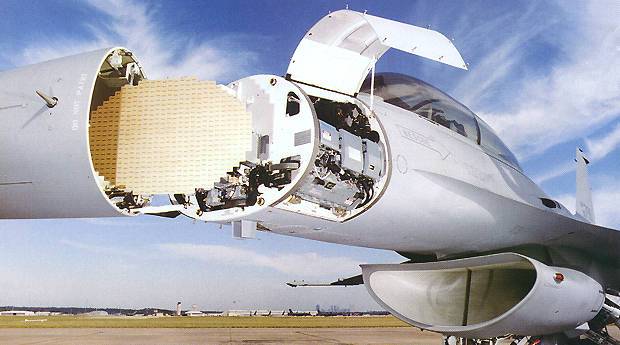
Radar AN/APG-68(V)9
The F-16 Jastrząb airborne radar is combined with the IDM (Iproved Data Modem) tactical information exchange system, which operates in the Link 16 standard and allows you to create a joint visualization of the situation, exchange data with ground and air users of tactical information.
For self-defense, the AN / ALQ-211 (V) 4 AIDEWS electronic warfare system is used. It includes a radar exposure receiver combined with a threat database, a control processor and an active broadband interference generator. In addition, the aircraft is equipped with an AN / ALE-47 anti-radiation and heat trap firing system.
Poland purchased 360 AGM-65G Maverick missiles designed to destroy land and sea targets, 340 - 227 kg Mk 82 free-fall bombs, 230 - 909 kg Mk 84 bombs and 270 JDAM kits for conversion into guided bombs, as well as more 40 AGM-154 JSOW gliding guided air munitions.
In addition to the above arms Polish Air Force received 22 Lockheed Martin Sniper-XR optoelectronic surveillance and target designation kits and 7 Goodrich DB-110 reconnaissance units with real-time ground data acquisition and analysis kits, as well as J-HMCS sights, NVG night vision goggles and a large number of spare parts .
Starting from mid-2016, during maintenance and modernization at the aircraft repair plant in Bydgoszcz, some F-16 Jastrząb were painted in camouflage created by Polish specialists.
Planned work on the modernization of aircraft is carried out at the rate of two aircraft per month. The estimated cost of purchasing additional weapons and modernization is $250 million.
At present, units of the Polish F-16 Jastrząb multirole fighters are operated by the 2nd Tactical Air Wing headquartered in Poznań. Aircraft of this type are located at two bases: in Krzesiny in Poznań and in Laska near Lodz.
The 31st Tactical Aviation Base in Krzesiny has two squadrons, and the 32nd Air Operations Group in Laska has one squadron. The 31st Air Base has 23 F-16Cs and 9 F-16Ds, while the 32nd Air Base has 13 F-16Cs and 3 F-16Ds.
Polish fighter jets regularly take part in NATO combat aviation exercises in Europe. In early June, several F-16 Jastrząb were involved in air maneuvers over the Baltic countries.
Due to the fact that Slovakia transferred the only division of the S-300PMU air defense system to Ukraine, the Polish government, as part of the NATO partnership, promised that, if necessary, F-16 Jastrząb fighters would patrol the airspace of Slovakia.
It is known that after the aggravation of the situation in Ukraine, the Ministry of Defense of Poland is considering the acquisition of 60 used F-16C / D Block 52+ fighters. Another alternative could be the new F-16V Vipers, which, in terms of cost / effectiveness, in the role of interceptors look even more preferable than the 5th generation F-35A Lightning II fighters.
F-35A fighter deployment plans
Currently, the Polish Air Force has three F-16C/D Jastrząb fighter squadrons, two MiG-29 fighter squadrons and two Su-22M4/UM3K fighter-bomber squadrons.
Taking into account the fact that the MiG-29 fighters are planned to be decommissioned in 2028, and the attack Su-22M4 in 2025, Poland needs to compensate for the decline in the fleet of combat aircraft.
In this regard, in January 2020, the Polish government signed an agreement for the purchase of F-35A Lightning II fighters. As part of a contract worth $4,6 billion, it is planned to purchase 32 5th generation fighter jets, as well as aviation weapons, consumables, spare parts, and train flight and technical personnel. In the future, after the development of the F-35A in combat squadrons, an option is provided for the purchase of an additional batch of aircraft.
The Polish Air Force Command believes that the versatile F-35A will be able to successfully replace obsolete fighters, adapted mainly for air combat, as well as Soviet-made strike vehicles. After being put into service, Lightning-2 will have to intercept air targets and work on land and sea targets.
According to information published in foreign media, the F-35A for the Polish Air Force is currently being manufactured at the Lockheed Martin Aeronautics Company plant in Fort Worth. The transfer of the first batch of 16 fighters should take place in 2024.
The aircraft built for Poland will be the F-35A Block 4 with an internal load of six weapons, with improved software, improved sensors, computers and updated communication equipment.
It is known that Warsaw plans to deploy one squadron of fighters (16 F-35A aircraft) at the airbase of the 32nd Air Operations Group Lask in the center of Poland, where they will be operated in conjunction with the F-16С / D Jastrząb. The second squadron will replace decommissioned Su-22M4s at the 21st Svidvin Tactical Air Base, near the coast of the Baltic Sea. As part of the preparation for basing new aircraft in Lask and Svidvin, the airfield infrastructure is currently being reconstructed.
The ending should ...
- Linnik Sergey
- Polish air defense systems in World War II
Polish jet fighters of the first generation
Fighter aircraft of Poland in the 1970s–1990s
Polish air defense system in 1950–1960s
Air defense of the ground forces of Poland in the 1970s–1990s
Anti-aircraft missile systems of the object air defense of Poland in the 1970-1990s
The eyes of Poland's air defense system during the Cold War: radar stations of Soviet and Polish production
Modern means of radar control of airspace and air defense control systems in Poland
Modern Polish anti-aircraft artillery
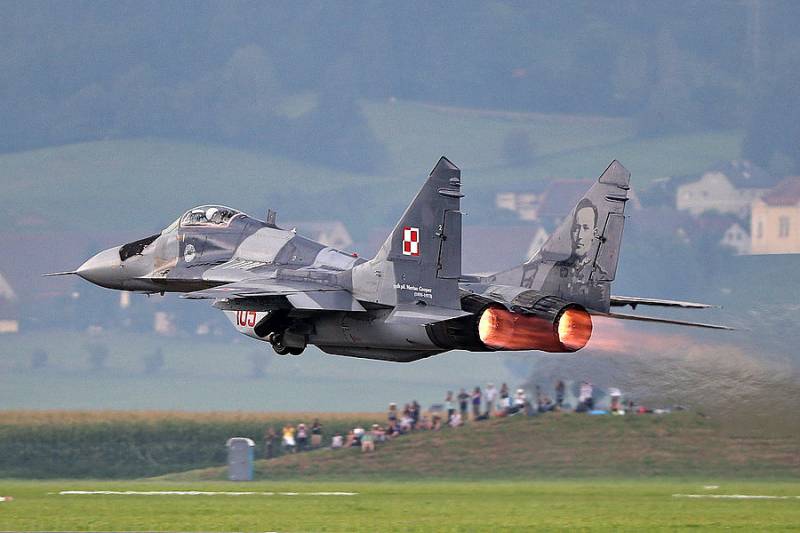
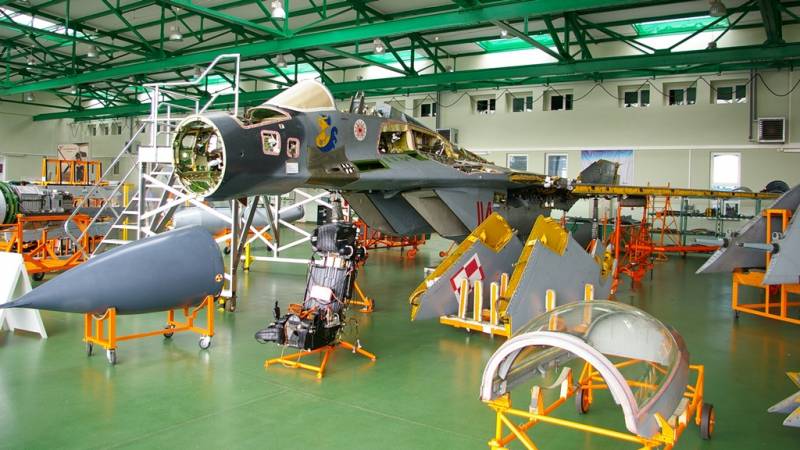
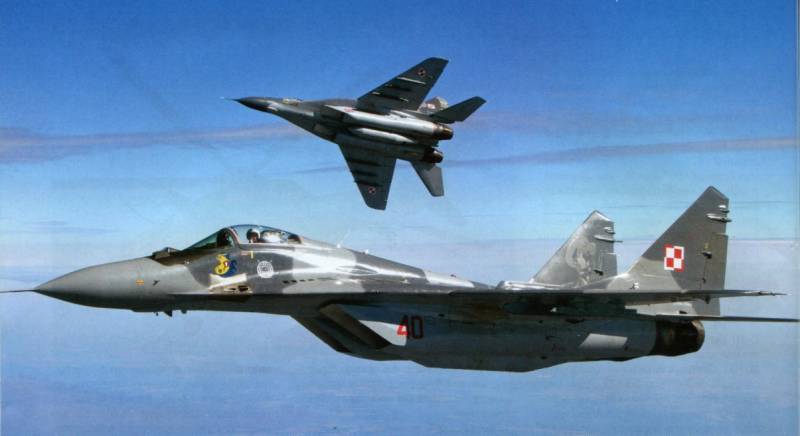
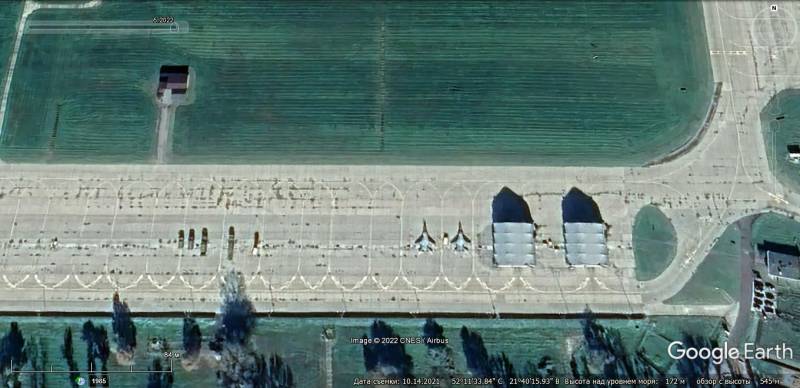
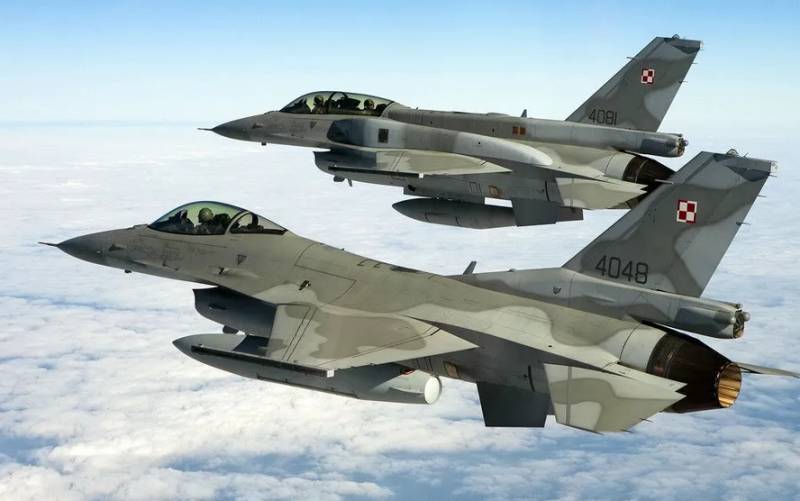
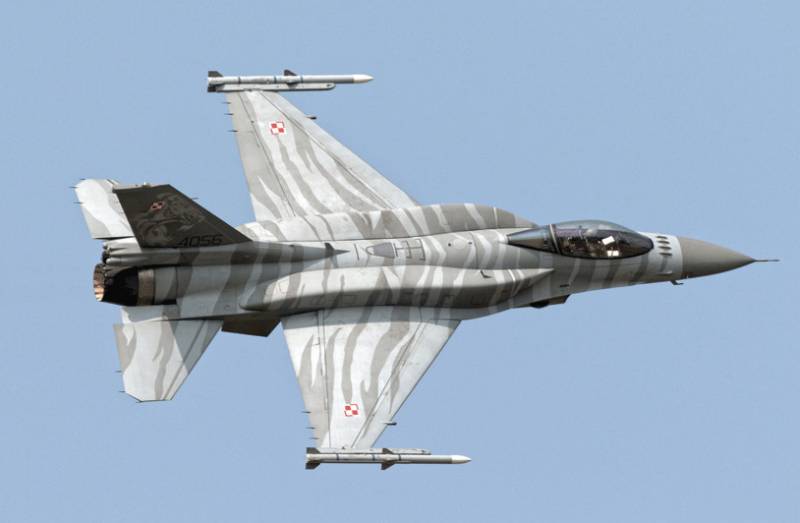
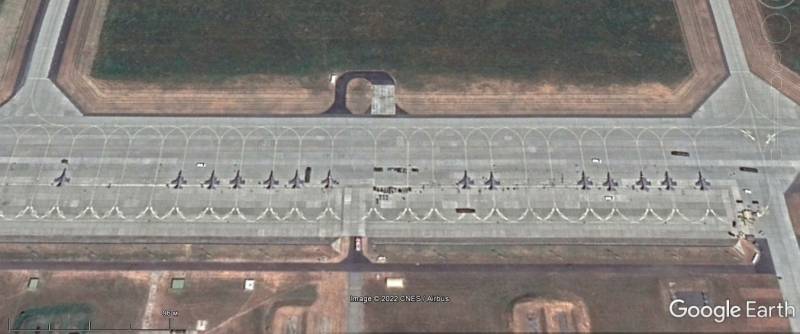
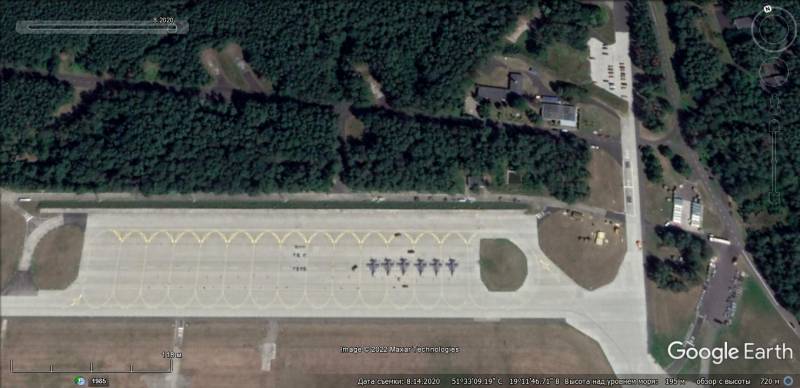
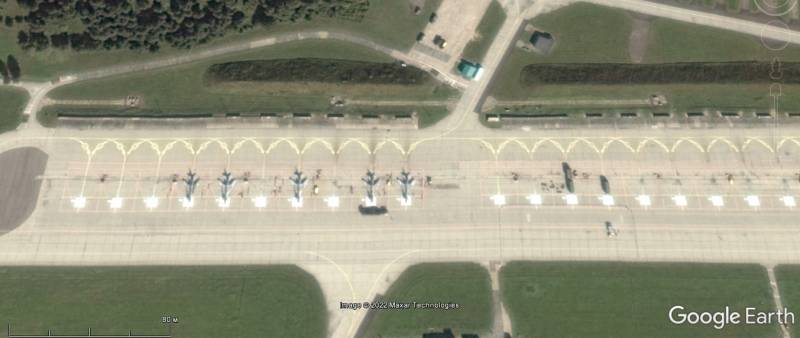
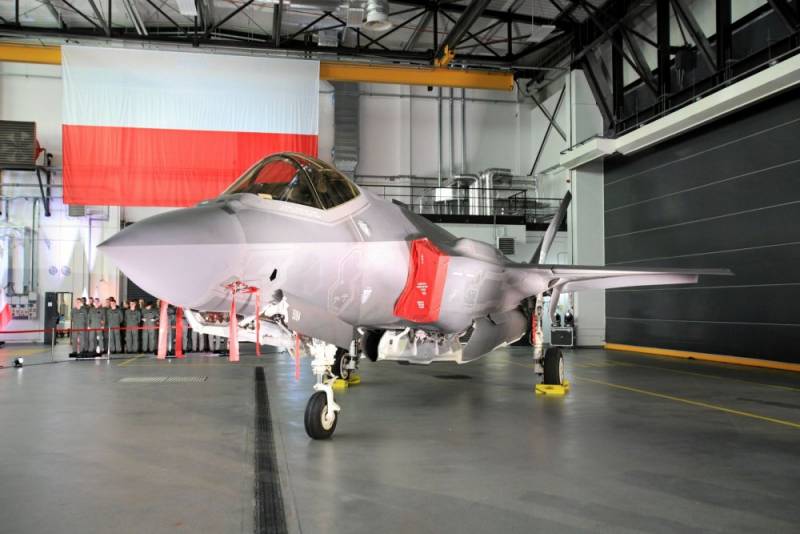
Information